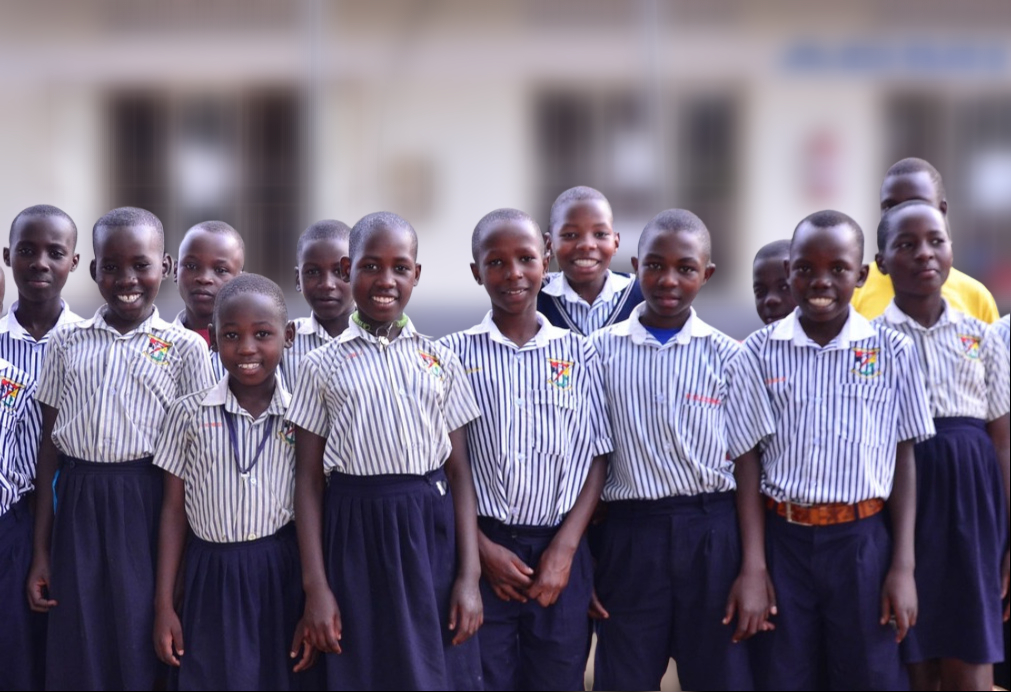Child Education

Quality education for orphans and vulnerable children is our main focus. Many children in our communities are unfortunate to be born in vicious cycles of poverty. This already fragile situation is worsened by diseases like HIV/AIDS and Malaria, as well as other family problems such as sexual gender-based violence. This leaves many children orphaned or abandoned at a very young age and for many of them, education is an impossible dream. These children deserve a chance; they have the potential to become pillars and leaders in our communities and beyond. Education is the only way to get their families and communities out of poverty.
We provide children with school fees, scholastic materials and much more. All of our primary and secondary students are enrolled in high-quality, private boarding schools, while our vocational education students are enrolled at a well-known and respected vocational school - Kihihi Community Polytechnic School
Public schools are available but are characterized by a high level of student and teacher absenteeism, weak school administration, inadequate teaching and learning materials, as well as a student to teacher ratio that oftentimes exceeds 100. Although private schools are expensive, we are educating tomorrow’s leaders so a high-quality education is essential. We are extremely proud to be part of their journey and we will be thrilled to see their dreams become reality.
Uganda’s education system consists of three levels of varying length; 7 years of primary education, 6 years of secondary education (divided into 4 years of lower secondary and 2 years of upper secondary school) and 3-5 years of post-secondary education depending on the course that one undertakes in a university or other tertiary institutions.




